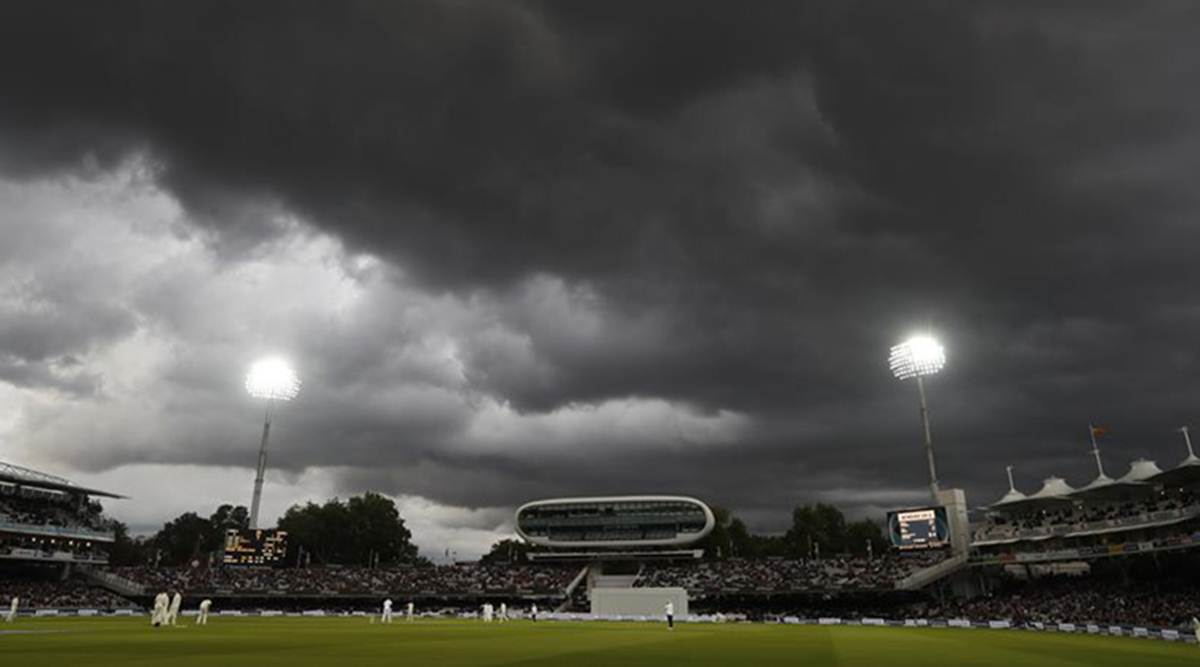


There are multiple factors that play a crucial role in determining the swing of the cricket ball. First and foremost, the pitch on which the ball is being delivered obviously has a major say in the trajectory of the ball. Whether the pitch is dry or it has a grass covering plays a huge role in deciding when and how the condition of the ball would change. Also, sometimes it is possible for the pitch to deteriorate and develop some cracks in it. In those cases, there can be an abrupt change in the trajectory of the ball.
Sometimes the ball may change its path drastically after pitching.
The phenomenon of the ball swinging after bouncing is also a result of this. It is not completely under the control of the bowler and this just tends to happen. Perhaps one suitable explanation is the knuckling effect, but the aerodynamic properties and the boundary-layer dynamics affecting a ball during the knuckling effect hasn't been completely understood as of now.
Swing after bouncing: neither the bowler nor the batsman can do much about it.
For instance, the outfield for a cricket match has a detrimental effect on the shine of the ball. If the outfield is lush and non-abrasive then the shine of the ball is not lost on regular contact with the field and this helps in maintaining the shine for much longer periods. Conversely, if the outfield is dry then the ball loses its shine and becomes rough much quickly due to regular contact with abrasive surfaces.
The fact that whether a ball is delivered in an open stadium or a closed plays a significant part in determining the magnitude of swing. A strong-cross breeze in an open stadium leads to more pronounced movement of the ball and the extent to which the ball can be swung can be reduced or increased by swinging the ball against or with the direction of the wind respectively.

Open stadiums like the ones in New Zealand plays a significant role in determining the magnitude of swing.
A general long-standing belief among the cricket fraternity has been the fact that overcast conditions assist swing bowling. This belief is based upon the theory that humid air is denser and thus offers more resistance which leads to an subsequent increase in the magnitude of the swing of the ball. However, as it turns out, dry air is denser than humid air which leads to the fall of this theory. The fact is that the ball has been observed to have swung under the clouds as well as in hot conditions. This leads us to the fact that the theory of cloud cover aiding swing bowling has been a myth all along that is still widely believed to be true.

The theory of overcast conditions aiding swing bowling is one of the longest standing myths of cricket.